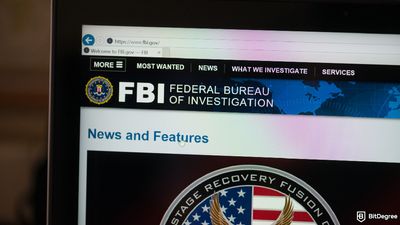The crypto industry was shaken by yet another hack this month.
During the recent exploit, Hashflow, the cryptocurrency trading platform, lost around $600,000 in digital assets.
The news about possible exploit first broke on June 14th. The blockchain security firm Peckshield was the one to raise the red flag, identifying an "approve-related issue" that affected Hashflow, with significant losses observed in Arbitrum's ARB tokens and Ether (ETH).

Did you know?
Want to get smarter & wealthier with crypto?
Subscribe - We publish new crypto explainer videos every week!
What is SushiSwap? DEX & Sushi Token Animated Explainer


Peckshield suggested the possibility that the exploit could have been executed by a white hat hacker, given the presence of a contract with a recovery function and an option for a donation.
In response to Peckshield's discovery, Hashflow promptly informed its users that it was tackling the issue surrounding contract approvals.
The firm issued a statement, reassuring that all users, who collectively suffered a loss of roughly $600,000, would be compensated in full. Despite the exploit, Hashflow emphasized that its decentralized exchange remains unaffected and fully functional.
On June 15th, Hashflow issued instructions for fund recovery to users affected by the exploit, which impacted a range of networks, including Ethereum, Arbitrum, Avalanche, BNB Chain, and Polygon. Users were advised to "revoke approvals before recovering funds."
Following the incident, Hashflow's native token, HFT, experienced over 7% drop over the next 12 hours, reducing its value to $0.3309. Following the price dip, HFT's value fell 90% below its all-time high of $3.61 in November 2022.
This incident is the second DeFi exploit in the week, with a lending platform Sturdy Finance losing around $800,000 worth of Ethereum on June 12th. As a measure to recover the funds, Sturdy Finance offered a $100,000 bounty to the exploiter.
While cybersecurity threats continue to challenge DeFi platforms, the swift response by Hashflow serves as an example of effective damage control, demonstrating their commitment to user safety and maintaining trust within the community.






















